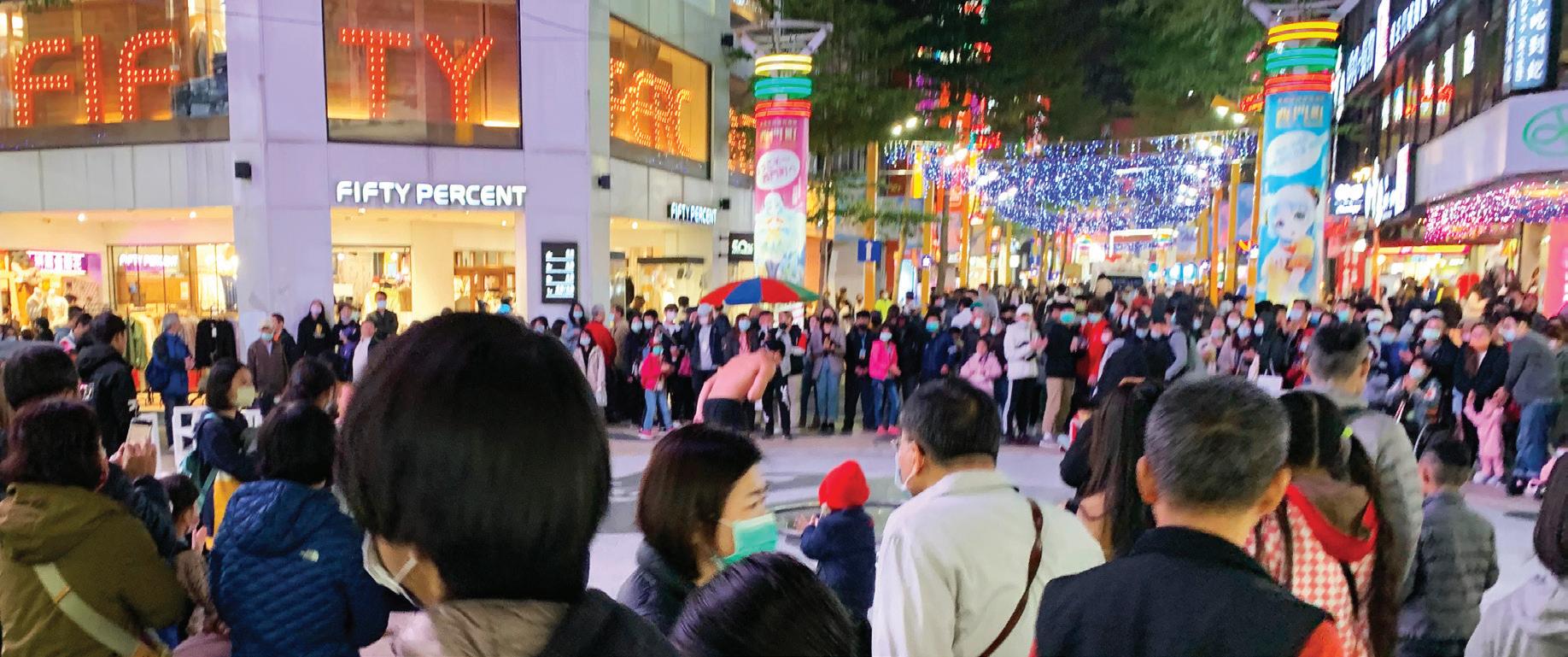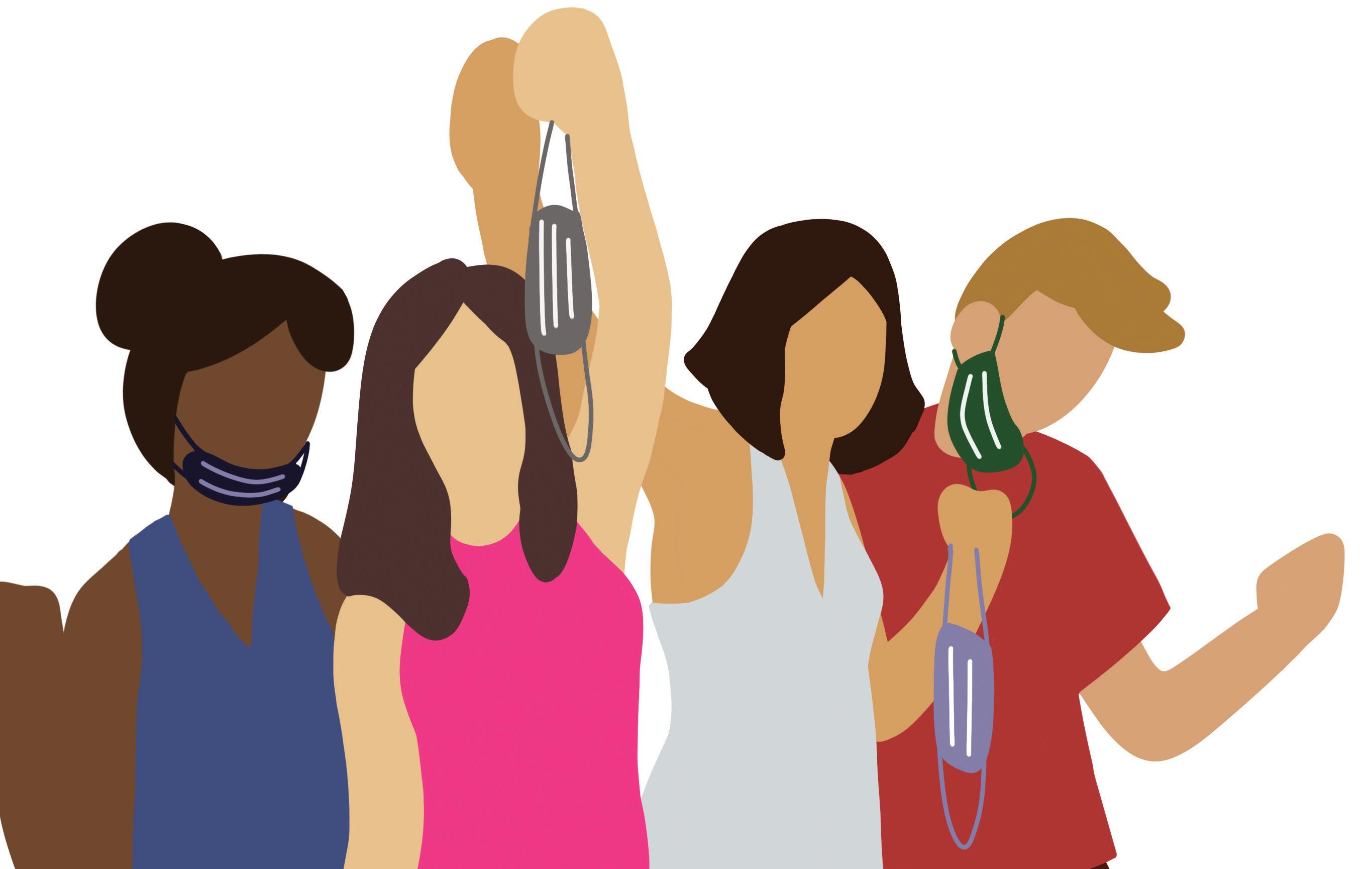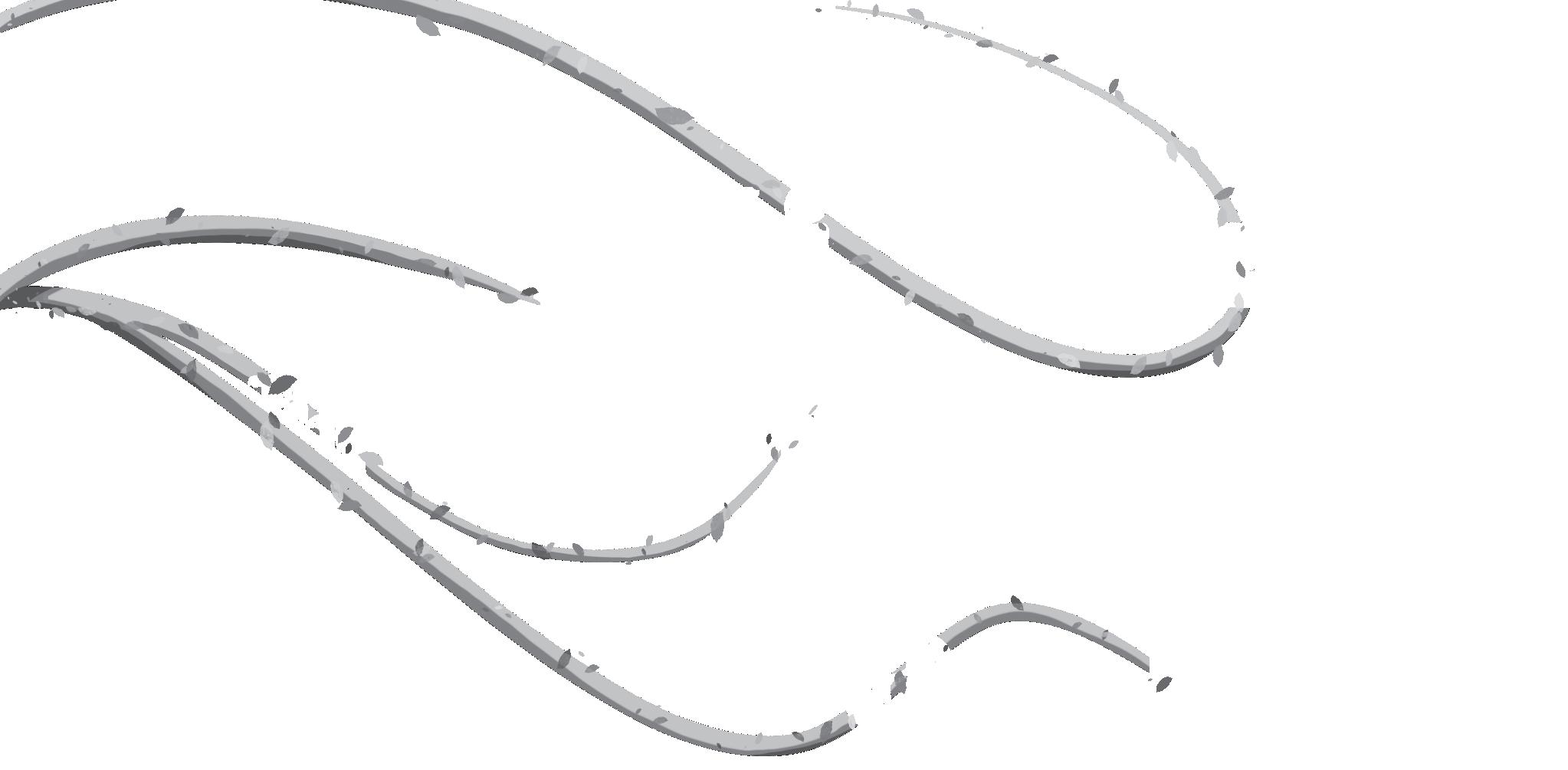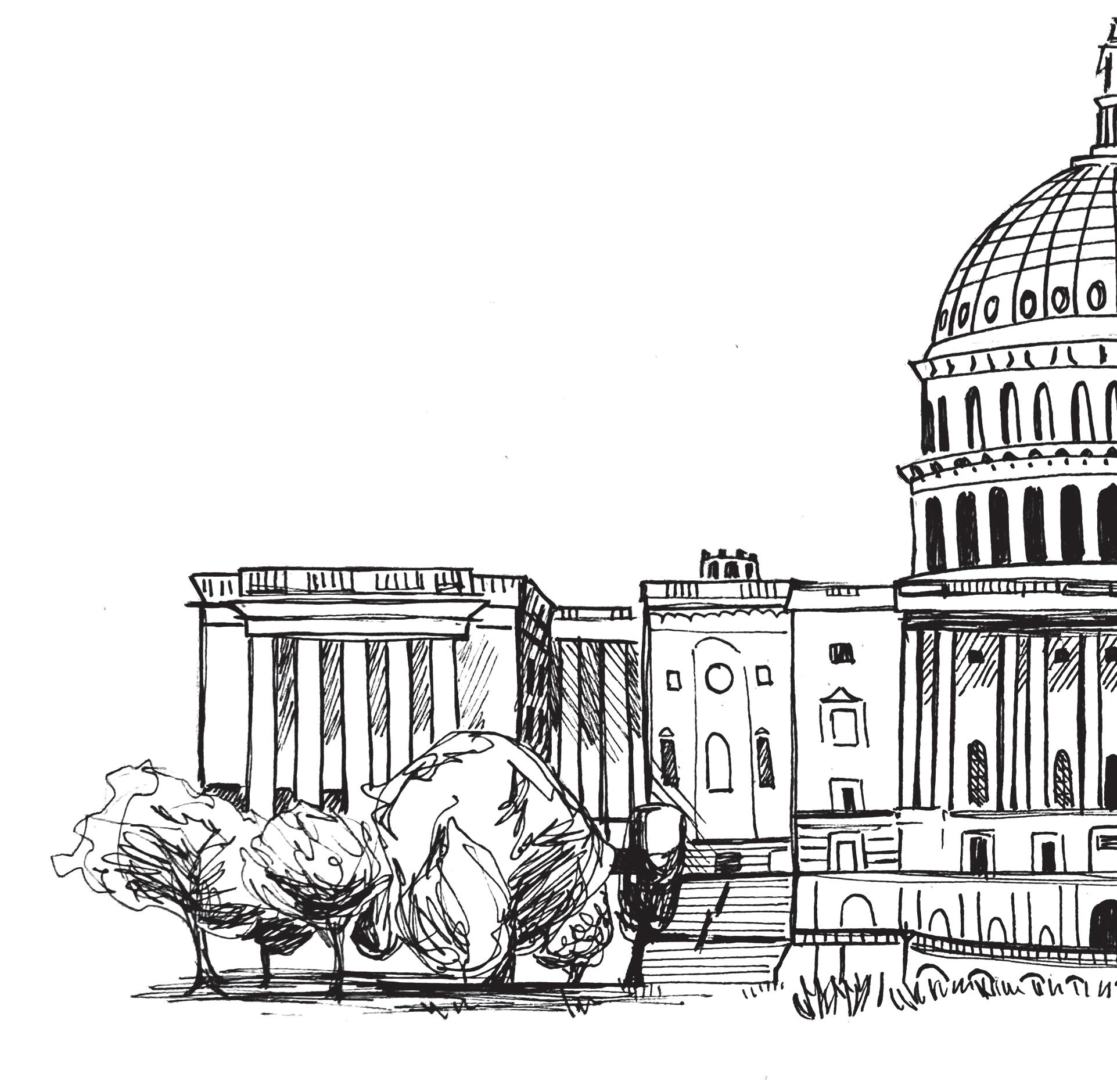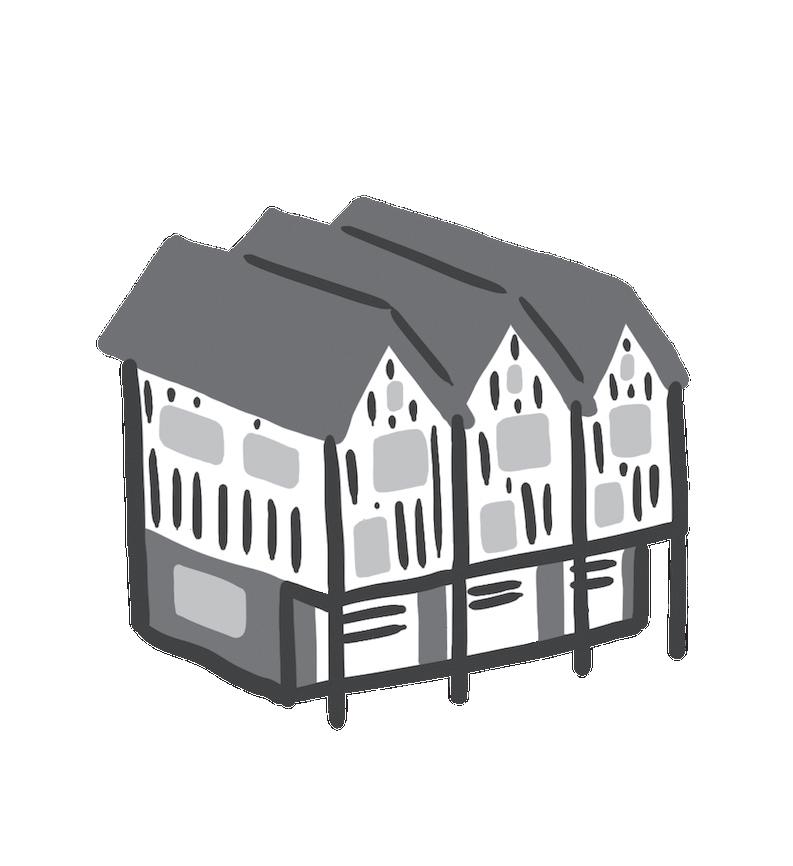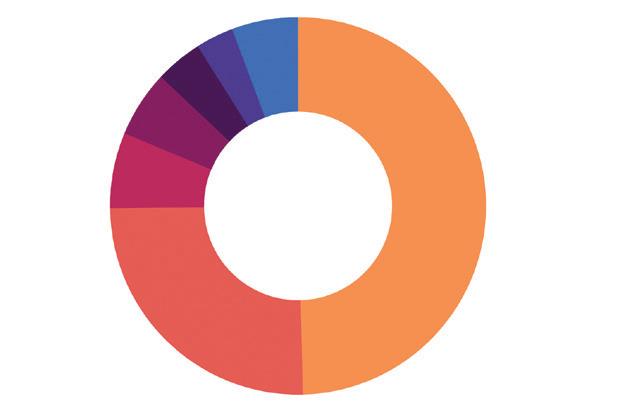Text and photo by TIMOTHY HUNG
MISHANDLING MISINFORMATION
WHAT AMERICA SHOULD LEARN FROM TAIWAN
W
ANTING TO TAKE A I believe a major answer to the break from the empty U.S.-Taiwan gap in mask-wearing complistreets and shuttered busi- ance is their different responses to misinnesses of Palo Alto, my formation. Like the U.S., Taiwan is sharply family and I renewed our Taiwanese citizen- divided on major issues and its two main ship, got tested for COVID-19 and board- political parties are becoming increasingly ed a socially-distanced plane flight destined polarized. Yet, unlike the U.S., Taiwan is for Taipei in December. At the time, the getting misinformation under control. United States had just surpassed 16 milDuring Taiwan’s latest presidential lion COVID-19 election, which took place last cases and California year on Jan. 11, pro-China was entering its most The best defense fake news flooded the island. stringent phase of to disinformation False claims about the incumshelter-in-place yet. bent president, Tsai Ing-wen, I spent the first is a strong offense. and fabricated articles elevat14 days of my trip ing China’s favored candidate, in my fifth-floor quarantine hotel room, Han Kou-yu, spread across the internet and overlooking streams of people shopping for social media platforms. Despite this, Tsai clothes and crowds huddled around street won in a landslide. Fake news failed, and I entertainers, wondering why there was such believe the U.S. should take a page out of a difference between the development of Taiwan’s proactive and innovative approach COVID-19 in the two countries. to battling misinformation. After my self-quarantine, I moved Recently, Taiwan has started partnerinto my grandparents’ rural apartment and ing with private companies to extend its started to visit hot urban areas and thriving anti-misinformation resources directly into night markets. Everywhere I went, the sight the hands of its citizens. A major example of someone not wearing a mask in public is Line, the island’s most popular messagwas exceedingly rare, which, for a country ing app. Its users can now send links and with among the lowest COVID-19 rates in statements to an accessible fact-checking the world, surprised me — and this correla- chatbot, Cofacts, where volunteers rapidly tion was likely not coincidental. research claims to determine their validity.
This method has recently stunted numerous false COVID-19 claims and conspiracies before they could go viral, including posts about the Taiwanese government’s cremation of infected citizens to avoid reporting the true number of COVID-19 cases in the country. This stands in stark contrast to America’s failure to bust conspiracies such as COVID-19’s laboratory origins as a biological weapon — which, according to the Pew Research Center, 26% of Americans currently believe. Taiwan’s winning battle against fake news should demonstrate to the world that the best defense to misinformation is a strong offense. Considering America’s reactive, whack-a-mole response to COVID-19 misinformation waged mainly by for-profit social media corporations, the country’s widespread noncompliance and misunderstanding regarding the pandemic becomes better contextualized. Even after the pandemic ends, the U.S.’ infodemic will remain. Taiwan’s resilience in the face of misinformation is a promising sign that even small democracies can fight for a better news environment. It’s time for the U.S. to build a new and offensive repertoire against misinformation –– and we can start by learning from Taiwan. v
A TEEMING VIEW — Except for the prevalence of face masks, the global pandemic seems almost absent in Ximending, Taipei’s equivalent of Times Square. I spent my 14 days of mandatory self-quarantine in a designated quarantine hotel located in the center of this popular plaza, where I watched scenes like these from the window of my fifth-floor room.
W
P




